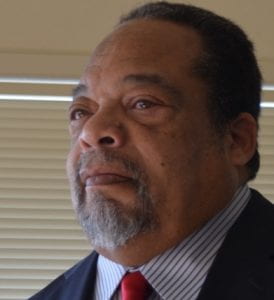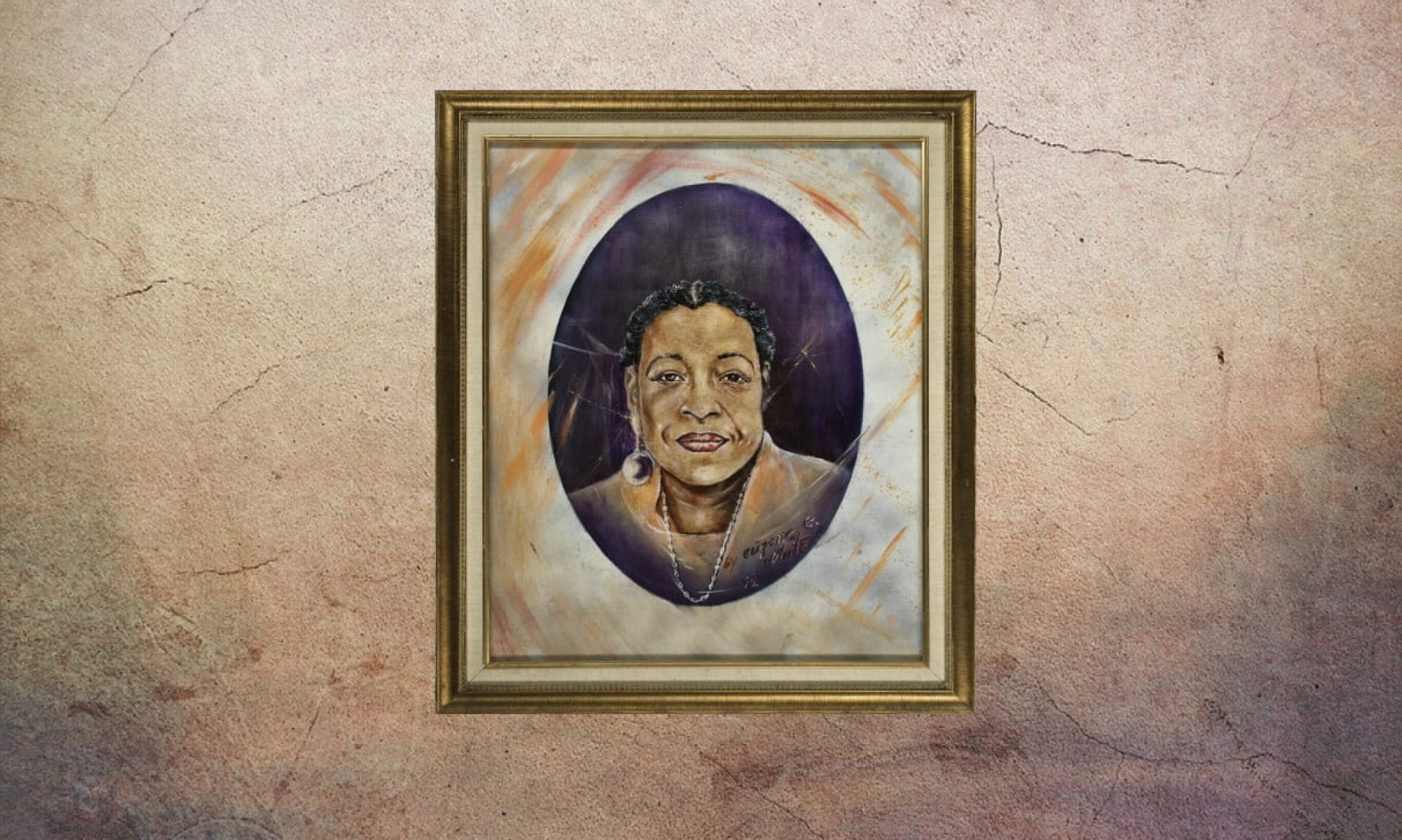
Claude T. Everhart was born in San Francisco in 1952, graduating from Lowell High School in 1970. During his high school years, Everhart joined the Black Panther Party, where he was active in a variety of political demonstrations, the San Francisco State College strike, and the Panthers’ Free Breakfast Program.
As a teen, Everhart headed the Oceanview–Merced–Ingleside Community Organization, providing summer jobs for youth and organizing on behalf of community issues. He volunteered as Chair of the San Francisco Senators, a youth development program, and opened a residential group home as an alternative to juvenile incarceration. In 1974, Mr. Everhart founded the Young Community Developers, a “war on poverty” model cities youth program that survives to this day. Everhart also served as chairman of the Candlestick Point Citizens’ Advisory Committee when Candlestick State Park was originally constructed in the Bayview–Hunters Point. He continued his community activism in 1976 when he was hired as a part-time aide to newly elected Assemblyman Art Agnos.
At the height of Everhart’s political career, he served as San Francisco’s Executive Deputy Mayor and Chief of Staff to Mayor Art Agnos. Prior to his position as Deputy Mayor, he served as the Chief of Staff of then-Assemblyman Art Agnos’ office and as Chief Consultant to the Legislative Audit Committee. During his term, he represented the San Francisco mayor’s office in Washington, D.C. and Sacramento, engaging with politicians and governmental organizations. Everhart was also Mayor Agnos’ advisor and often spoke for him to the press. During Agnos’ term, in addition to managing the city’s enormous recovery efforts from the 1989 Loma Prieta earthquake, the administration helped San Francisco’s unhoused population by creating “Beyond Shelter,” a nationally recognized program that provided MultiService Centers for the homeless.
With Everhart at his side, Mayor Agnos was forced to make unpopular decisions in order to help San Francisco’s marginalized residents. For example, when the USS Missouri battleship was going to be resurrected in Bayview–Hunters Point, both Agnos and Everhart vehemently protested. Even though the resurrection was projected to increase employment in the area and increase revenues by about $2.2 million annually, the duo joined the community in expressing concerns about gentrification. They also demanded that the Hunters Point shipyard be thoroughly cleaned of toxins and other health hazards at the site. They wanted to look at the investment more scrupulously to understand its impact on the community of Bayview–Hunters Point.
Claude T. Everhart served as Deputy Mayor during the Art Agnos administration.
In addition, during Everhart’s term, controversy arose in both the San Francisco Police Department and the San Francisco Fire Department, with claims of racial harassment and discrimination. Everhart and Agnos both took the allegations seriously and launched extensive investigations. In concluding the investigation, Everhart demanded that both departments pay for the physical, emotional, and mental abuse suffered by people of color in both departments. As Agnos’ term came to an end, Everhart ended his career in governmental public service, but noted that he was “most proud of his role in cleaning up the drug-plagued Oceanview playground, initiating the Mayor’s office of Youth and Children’s Services, passing legislation that divested San Francisco’s retirement system from investments in South Africa, building a supermarket in Hunters Point, increasing the number of minority firms doing business with the City, and stopping the basing of the battleship Missouri, which he said would have gentrified the primarily black neighborhood” (Herscher).
Everhart went on to become a Vice President at Waste Management of Alameda County and a political consultant, helping former Oakland Mayor Elihu Harris and San Francisco City Assessor Doris Ward. His consultancy continues to this day.
Everhart’s legacy also continues in the form of Jelani House, a San Francisco-based rehabilitation center originally meant for mothers who struggle with cocaine addiction. Mayor Agnos’ wife founded the program, naming it after Everhart’s late son, Jelani. Jelani House is internationally recognized, and was even visited by Mother Teresa. Now known as Jelani Inc., the program offers a wide range of counseling and education for single fathers, mothers, and families.
Everhart’s image remains on the walls of the Ella Hill Hutch Community Center to honor all he has done for San Franciscans.
— Sophia Tarantino and Sawyer Wolf
Works Cited
Agnos, Art. “How 5 SF Mayors Tackled Homeless ness.” SF Chronicle. 26 Jun 2016.
“Chart 12/22/1989.” SF Chronicle. 22 Dec 1989, p. 8.
Gordon, Bill. “Unions’ Deficit Plan Turns Off Agnos.” SF Chronicle. 14 Mar 1988, p. 2.
Kilduff , Marshall. “Mayor Joins Battle for Shoreline Park.” SF Chronicle. 7 Dec 1976, p. 28.
“McDonald’s Employees OK Talks.” SF Chronicle. 23 Feb 1973, p. 6.
Fagan, Kevin. “East Bay Strike Is Off—For Now.” SF Chronicle. 2 Jul 1997, pg A13.
Herscher, Elaine. “More Agnos Aides Won’t Have Jobs Under Mayor Jordan.” SF Chronicle. 31 Dec 1991.
“Sober Moms End their Odyssey.” SF Examiner. 13 Jun 1993, p. 22.
